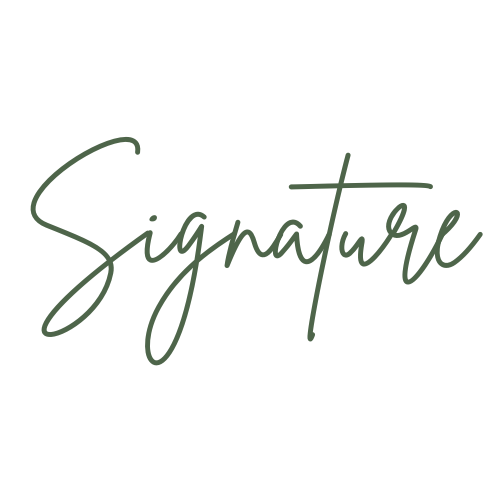Why is provenance so important?
When determining the authenticity of an artwork, provenance research—the tracing of an artwork’s ownership history—is one of the most critical steps. Provenance helps verify that a painting or sculpture was indeed created by the artist to whom it is attributed, significantly influencing its value, marketability and historical significance. Most auction houses and collectors consider solid provenance essential for authenticating and selling fine art, making it a cornerstone of the art market.
What is Provenance?
Provenance refers to the documented history of an artwork, tracing its journey from the artist’s studio to its current owner. This history includes a record of sales, exhibitions and ownership transfers. It might involve certificates of authenticity, exhibition catalogs, gallery records or even photographs of the artwork in historical settings. An ideal provenance is continuous and fully documented, providing a clear and unbroken chain of ownership. This type of record gives buyers confidence in the artwork’s authenticity and legitimacy, ensuring it hasn’t been stolen, forged or misattributed.
Why Provenance Matters for Art Authentication
Provenance is crucial for several reasons. First, it serves as a form of verification, backing up the claim that a particular artwork is the work of a specific artist. Many art forgeries are convincing on a visual level, making it difficult to distinguish them from the original through stylistic analysis alone. Provenance helps narrow the possibility of forgery by showing a clear, documented ownership trail.
Second, provenance impacts the marketability of a piece. Auction houses and galleries often require provenance before offering an artwork for sale, especially for significant pieces attributed to well-known artists. Without this documented history, buyers may hesitate to invest in a work, fearing the risks of potential misattribution or legal challenges.
Lastly, provenance adds historical and cultural value to an artwork. Knowing that a painting was once part of an esteemed collection or exhibited in a prestigious museum can enhance its significance, making it more desirable to collectors.
Auction Houses and the Importance of Provenance
For auction houses, provenance is not just important—it’s often mandatory. When artworks are attributed to a major artist, auction houses typically require a solid provenance to support the attribution. A complete and reliable provenance reduces the risk of legal disputes and misrepresentation, ensuring that buyers can trust the authenticity of the works they’re purchasing.
However, auction houses also recognize that not every artwork comes with perfect provenance. In some cases, the history may be incomplete or lost due to the passage of time, war, or ownership transfers across different countries. When full provenance cannot be established, auction houses may still list the piece with the caveat “attributed to” the artist rather than definitively stating it is by that artist. This allows for the sale of the artwork while acknowledging some degree of uncertainty.
When Provenance is Unclear or Lacking
Not all artworks come with a complete or clear history, especially older pieces or those that have changed hands frequently. If an artwork’s provenance is unclear or lacking, there are several avenues researchers can take to establish a more credible ownership history.
Archival Research: Historical documents, gallery records, auction catalogs and exhibition lists can often provide clues about an artwork’s past. These documents may reveal previous ownership or sales, helping to fill in gaps in provenance.
Scientific Analysis: When provenance is insufficient, scientific techniques such as carbon dating, pigment analysis, and x-ray fluorescence can help verify the age and materials of the artwork. This data can be compared with the known working methods and materials of the artist to support or refute the claimed attribution.
Provenance Databases: There are several online databases dedicated to art provenance, particularly for pieces that have been involved in historical restitution claims. These databases help trace artworks that may have been looted or stolen during periods of conflict, such as World War II. Researching these records can provide additional documentation or context for a piece’s ownership history.
Expert Opinion: In the absence of strong provenance, expert connoisseurship plays a critical role. Art historians and specialists in specific artists or periods can provide valuable insight into the likelihood that a piece is genuine based on its style, brushwork and materials.
At Signature, we offer comprehensive art authentication services that include provenance research. Our team dives deep into the available historical records, collaborates with international experts and employs advanced scientific testing to authenticate artworks even when provenance is limited or lacking. We help build a case for authenticity, providing the necessary documentation and analysis that increases the likelihood of a successful attribution.
Provenance and Value
The impact of provenance on an artwork’s value cannot be overstated. An artwork with clear, well-documented provenance is almost always more valuable than one without. This is particularly true for major artists, where a continuous ownership history is often required to fetch top prices at auction. In contrast, a work with incomplete or questionable provenance, even if “attributed to” a well-known artist, will likely sell for less due to the inherent risk involved in purchasing it.
By establishing a credible and verifiable provenance, collectors can significantly enhance the value of their art. In cases where provenance is unclear, seeking expert painting authentication can provide an additional layer of certainty, helping to clarify the artwork’s origins and support its attribution.

